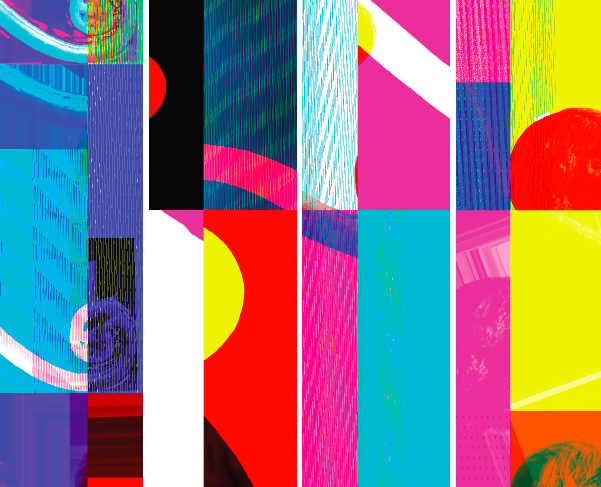More than a koru, part one: What role does M?oridom play in New Zealand’s design identity?

M?ori culture, identity and values are the foundation of Aotearoa. And from the waka to the whare, design has always been integral to meet the needs of daily life, to inspire and communicate. In the past, it’s fair to say that this cultural heritage has largely been embraced in a token fashion; a ‘chuck a koru on it to tick that box’ mentality. But, increasingly, whether it’s M?ori stories informing product design, cultural advisers informing the design of buildings and large infrastructure developments, or M?ori design elements being authentically referenced and embraced by some of the country’s largest companies, that heritage is being recognised through proper processes and is being valued as a point of difference.
Idealog spoke with M?ori and non-M?ori practitioners – artists, creators, architects, graphic designers, advisors – to investigate New Zealand’s modern identity and how M? oridom is being manifested through design outputs. And speaking with artist, designer and educator Dr Johnson Witehira is to hear passion and knowledge come together in a creative light.
Witehira studied graphic design at the Whanganui School of Design and combined his love of art, imagery, design and computers. He graduated in 2004, going on to complete his masters in 2007.
His interest in M?ori art and design led him to Te P? tahi-a-Toi, the School of M?ori Studies at Massey University, where he completed his doctorate in M?ori design.
Witehira’s oeuvre of work is large and diverse, from a set of 24 M?ori alphabet blocks to be used as visual learning aids, magazine covers, murals, to having a series of digital works exhibited on 34 billboards simultaneously in Times Square, New York for a competition run by Chorus.
His more recent work has been for companies such as the Auckland International Airport, New Zealand Transport Agency and the Wellington City Council.

When asked what M?ori design is, Witehira says it’s a process more than a visual.
“It’s a pragmatic process too. You get some people who talk about M?ori design in an eerie, spiritual way which bothers me as it’s almost like art-speak which mystifies rather than clarifies.”
He says for his own work he tries to ground things as much as possible.
“There’s a lot of complexity in the process, it’s about relationships.”
For the corporate and commercial projects Witehira undertakes, he works with mana whenua groups.
“As a designer I can respond to the client brief but also have the aspirations of mana whenua … the client comes with the brief, what I do is find M?ori parallels and take them to mana whenua to discuss and to talk about which stories they want, or feel comfortable, sharing.”

Through his work at Unitec, Witehira illustrated the process to his students on a project called ‘Inside the Aotearoa House’.
It looked to disrupt the status quo of Eurocentric positioning in education by bringing both M?ori content and tikanga M?ori into tertiary level studies – and asking the students to bring their own tikanga with them.
“It was around trying to consider what the inside of our homes might look and function if designed from bi-cultural perspective,” says Witehira.
“We bought together five or six different disciplines [within Unitec] – from fine arts to contemporary craft to spatial design – developing ideas, concepts and things that might exist in our homes.”
He says M?ori stories and narratives were used to help and inspire design instead of putting M?ori design on things, with part of the challenge there was to be no koru.
A notable example he gave was of a student who designed a lamp based on the myth of Maui pulling up and manipulating the sun, a semi-circular structure where one pulls on the chord to turn on the bulb as if they are in the place of Maui.

Witehira says he thinks the students, and some of the staff, thought he was going to teach them ‘M?ori design’, “but really we taught them to start thinking in the M?ori way and researching the M?ori world…they just started designing things from a M?ori perspective.”
For Witehira, though he is now working on big projects which he says are “very good aspirational projects putting a vision out there”, he thinks where design changes us and reflects who we are back to us is the everyday stuff – be it a typeface or a toothbrush.
“It’s the banal, mundane stuff we use and interact with. For most designers those are very unsexy things – to me those are more important because we engage with them every day.”




